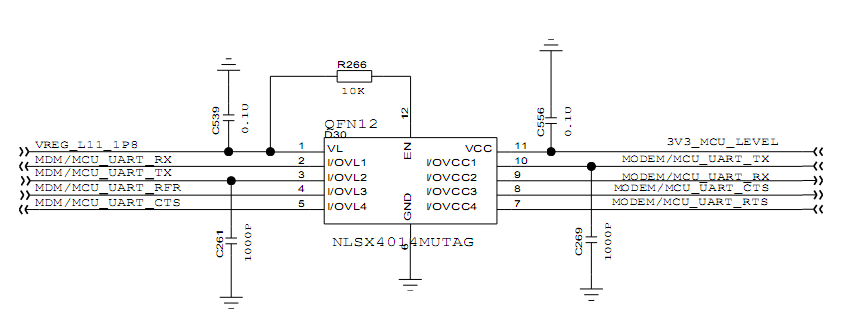Hi Dear expert,
My customer uses TXB0304 in their system. Below is their schematic.
They used two channels: pin 2, pin 10 and pin 3, pin 9. The direction is pin 3 in 1.8V input, pin 9 is 3.3V output; pin 10 is 3.3V input and pin 2 is 1.8V output.
Now we found under this application, there is big overshoot at pin 9 3.3V output, see below scope snapshot. The overshoot could reach 4.43V max, and -0.96V min, which exceeds datasheet recommendation range.
What causes this overshoot and how can we improve this overshoot?
Looking forward to your reply.
Best regards,
Joyce



